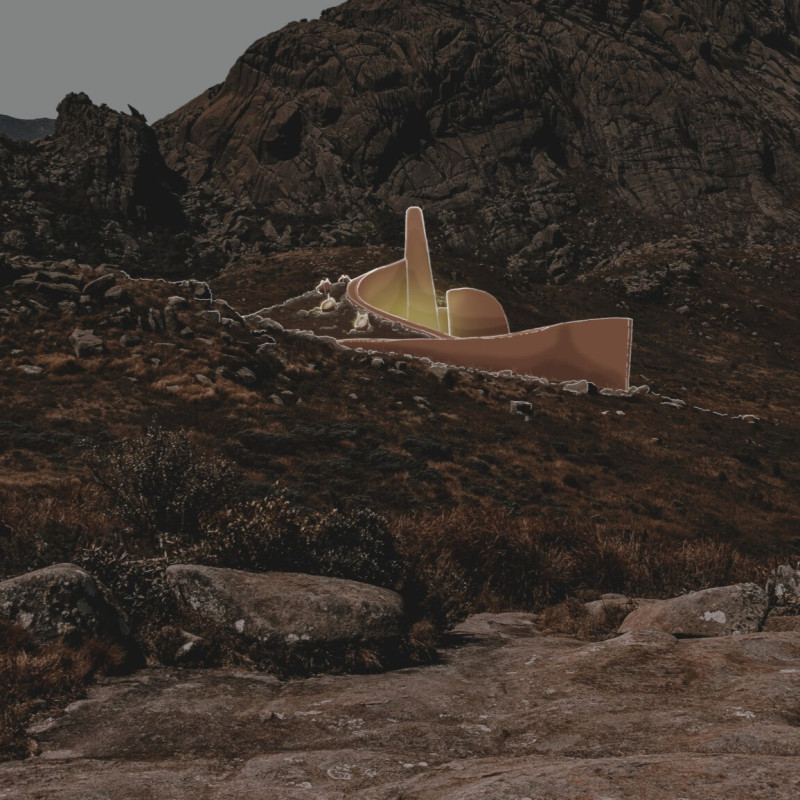5 key facts about this project
At its core, the project serves the essential function of providing a family home that fosters a sense of community while also promoting individual well-being. The design prioritizes spaciousness, natural light, and connectivity, both among its internal spaces and with the outdoor environment. By using large, strategically placed windows and open floor plans, the architecture encourages an abundance of natural light to flow throughout the interior, reducing the need for artificial lighting and enhancing the overall atmosphere.
The project's exterior is crafted with a combination of locally sourced materials, which not only minimize transportation emissions but also create a tactile connection to the surrounding area. The use of reclaimed wood for the facade not only offers warmth and texture but also reinforces the commitment to sustainability. Meanwhile, the incorporation of steel in structural elements ensures durability and resilience against the elements, making it well-suited to the regional climate.
A green roof plays a crucial role in the architectural design, serving multiple purposes. It not only provides additional insulation but also contributes to biodiversity by creating a habitat for local flora and fauna. The green roof, along with other landscaped areas, helps to manage stormwater effectively, reducing runoff and supporting the local ecosystem. This integration of landscaping is a key element that enhances the building's relationship with its environment, fostering a sense of harmony.
Inside the dwelling, the layout reflects an intentional organization of spaces that cater to both private and communal needs. The open-concept living area invites social interaction, while bedrooms are strategically positioned to provide a retreat for personal privacy. The design thoughtfully incorporates modern amenities and energy-efficient systems, including smart home technology that allows residents to manage heating, cooling, and lighting with ease.
One of the unique design approaches evident in this project is the focus on biophilic design principles, which aim to connect inhabitants with nature. By using a combination of natural materials, expansive views, and green spaces, the architecture not only creates an aesthetically pleasing environment but also promotes mental and physical well-being for its residents. The careful alignment of the building on the site allows for optimal sunlight exposure, enhancing the feeling of warmth and inviting nature indoors.
Furthermore, this architectural project includes various innovative design elements, such as passive solar heating techniques and cross-ventilation strategies, which contribute to energy efficiency. The building's orientation has been meticulously planned to maximize natural light while minimizing energy consumption, which is a testament to the thoughtful consideration of the environmental impact during the design process.
In summary, this residential architectural project is not merely a structure; it is a reflection of a mindful approach that prioritizes sustainability, comfort, and well-being. The integration of natural materials, innovative design strategies, and a commitment to environmental stewardship are essential characteristics that define this project. Readers interested in exploring the nuanced aspects of this project can delve deeper into its architectural plans, sections, and designs, which offer further insights into the thoughtful decisions that informed its realization.


























